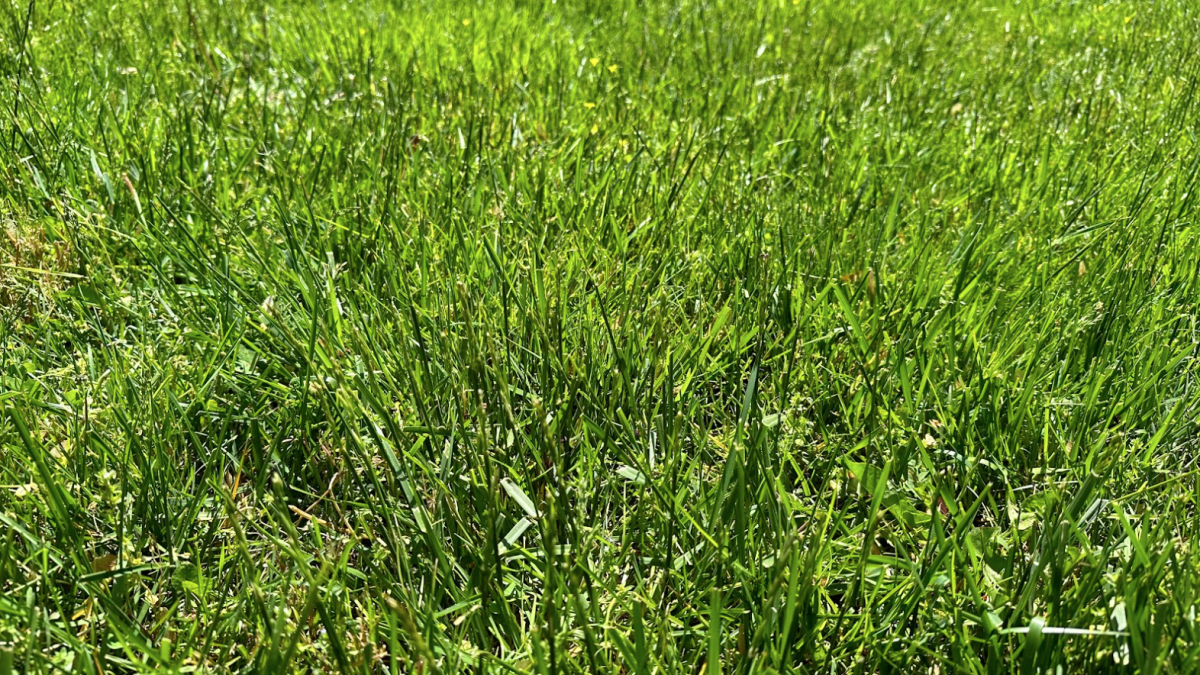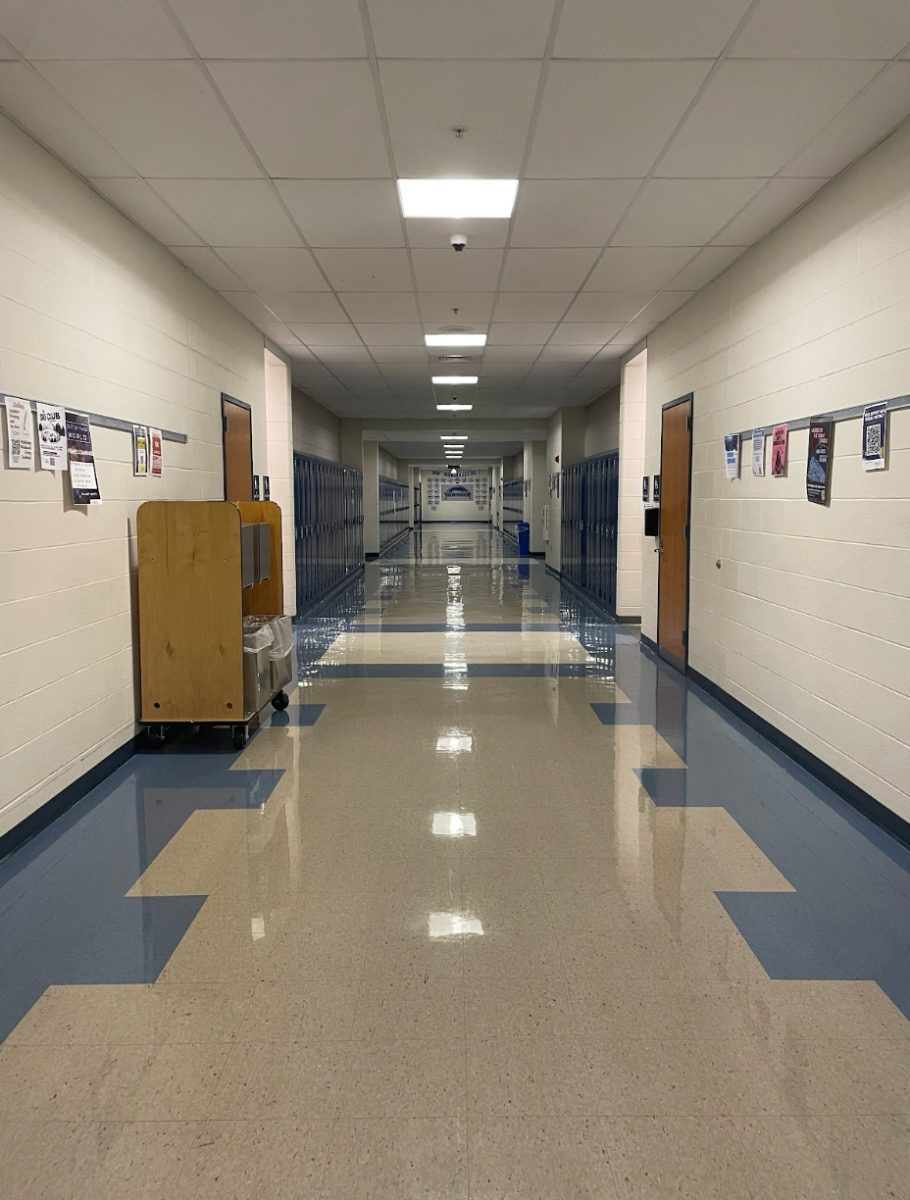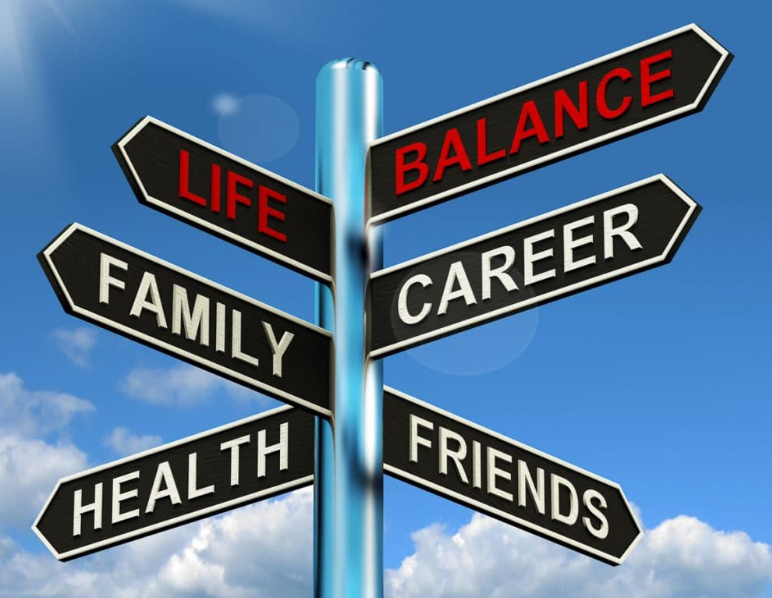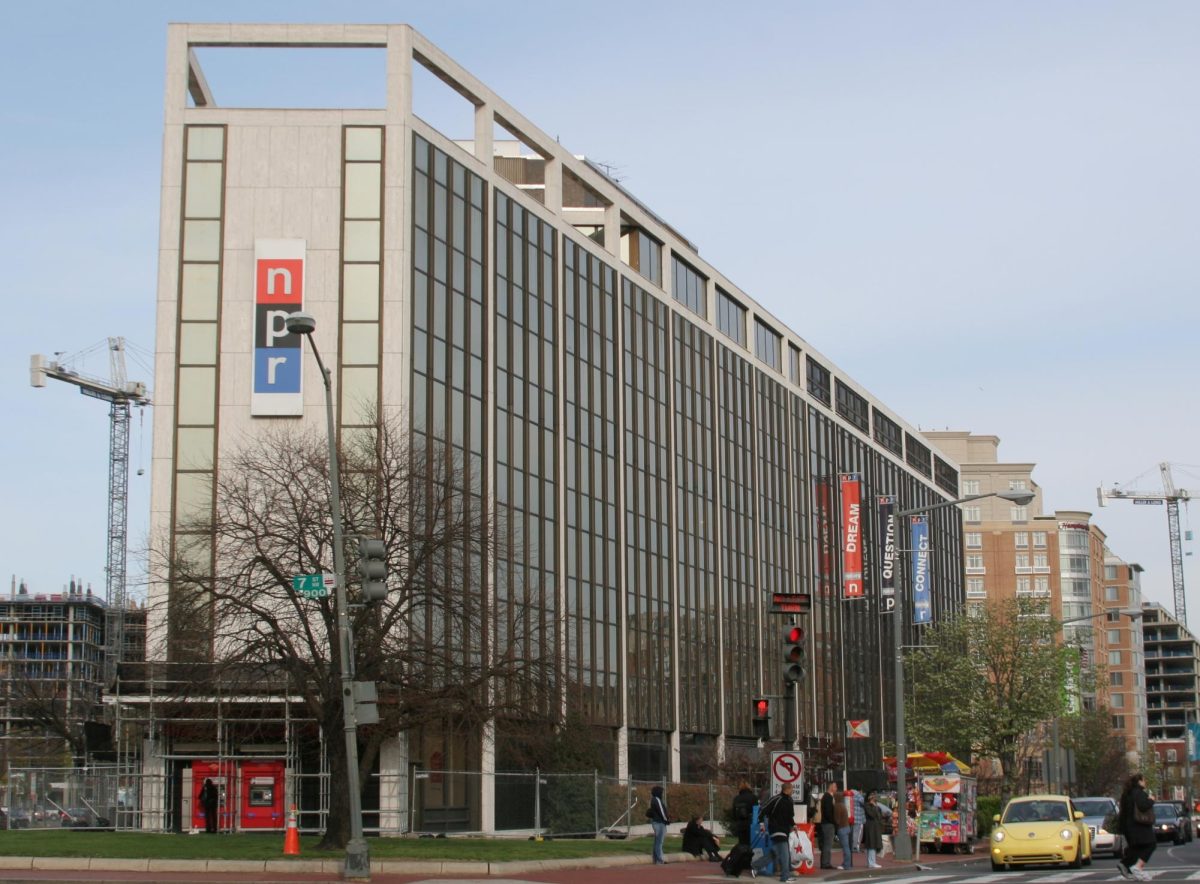Spring has sprung, flowers are blooming, and weeds are spreading. For many, this time of year is spent maintaining a uniform lawn. While some might appreciate this type of green space around their home, the American lawn has devastating environmental consequences.
It is important to acknowledge the benefits of lawns. Uniform grassy spaces provide an excellent surface for sports and recreation. Green spaces close to residential areas help to filter toxins and provide oxygen. People are also often happier when they can interact with nature. Unfortunately, the negative environmental impacts of lawns outweigh these advantages. On the positive side, there are sustainable alternatives.
The most common lawn grass is Kentucky bluegrass. Due to its popularity, Kentucky bluegrass has become highly invasive in many vulnerable ecosystems. Not only does this damage native grasses, researchers at North Dakota State University demonstrated how Kentucky bluegrass can decrease butterfly biodiversity, highlighting the damage it does to the ecosystem. Simply avoiding Kentucky bluegrass, however, will not solve the additional issues that this type of green space has.
Many chemicals commonly used to care for lawns bring major environmental concerns. For example, excess fertilizer is carried by rainwater to the nearest stream. Algae in the water use the fertilizer to grow and multiply, using up all the nutrients in the stream. When the algae die, they are decomposed by bacteria, which use up all the oxygen in the water. As a result, fish, crustaceans and plants die. This process is known as eutrophication and can devastate an aquatic ecosystem.
Fertilizers aren’t the only chemicals that can damage the environment. Herbicides and pesticides can have similarly disastrous consequences. These chemicals leak out into the food chain, killing native and necessary insect and plant species. They can also become highly concentrated in predators, often leading to illness and sometimes death. Some scientists worry that continued exposure to pesticide chemicals could cause long-term health effects like cancer in humans. These issues occur at large scales nation-wide, with American lawns adding up to cover an area slightly less than the state of Pennsylvania.
The downsides of Kentucky bluegrass lawns don’t stop at environmental impact. Lawns require resources to maintain. Water is a valuable resource that should not be wasted on something as insignificant as a lawn, and lawns are frequently overwatered by as much as 30%. Lawns cost money as well as water, with lawn care companies earning a total of $9.7 billion annually. Imagine how much more productive society could be if Americans had spent that money on renewable energy or charitable donations?
Fortunately, there are many things we can do to solve this problem. Allowing weeds such as the common blue violet to grow can attract pollinators and reduce fertilizer and herbicide use. Alternative grasses like Pennsylvania sedge are native, suppress weeds, and require less water. Converting lawn space to a meadow garden with native wildflowers and grasses attracts native wildlife and requires little to no chemical treatments. In addition, trees and shrubs filter toxins and purify the air very effectively, and growing more of these plants decreases the negative environmental impact of lawns. All these interventions make lawns more environmentally friendly. During this spring season, think about the environmental impacts of everyday actions and consider ways to make society more kind to the environment.















